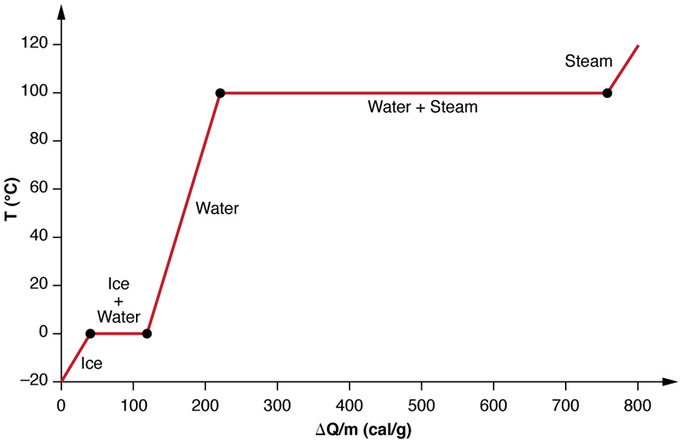
Chapter 7 Lesson 3 Physical Changes Daily Grade
Assessment
•
Yvette Akridge
•
Science
•
8th Grade
•
27 plays
•
Medium
Improve your activity
Higher order questions
Match
•
Reorder
•
Categorization
.svg)
actions
Add similar questions
Add answer explanations
Translate quiz
Tag questions with standards
More options
20 questions
Show answers
1.
Multiple Choice
When thermal energy is removed from particles, they move _____ and temperature ________.
slower, decreases
slower, increases
faster, decreases
faster, increases
2.
Multiple Choice
When enough energy is removed from a gas for it to change to a liquid, the gas _______.
condenses
freezes
decomposes
expands
3.
Multiple Choice
When enough energy is removed from a liquid for it to change to a solid, the liquid _______.
condenses
freezes
decomposes
expands
4.
Multiple Choice
If a gas changes directly to a solid without first becoming a liquid, the gas undergoes _______.
condensation
freezing
decomposition
expansion
5.
Multiple Choice
What is it called when thermal energy is added and matter changes from a liquid to a gas?
boiling
deposition
melting
freezing
6.
Multiple Choice
What is it called when thermal energy is added and matter changes from a solid to a liquid?
condensation
boiling
sublimation
melting

Explore this activity with a free account
Find a similar activity
Create activity tailored to your needs using
.svg)

Properties of Matter
•
5th Grade

States of Matter
•
8th Grade

Physical Properties of Matter
•
5th Grade

Conservation of Matter
•
3rd - 5th Grade

States of Matter
•
3rd - 4th Grade

States of Matter
•
6th Grade

States of Matter
•
6th - 9th Grade
